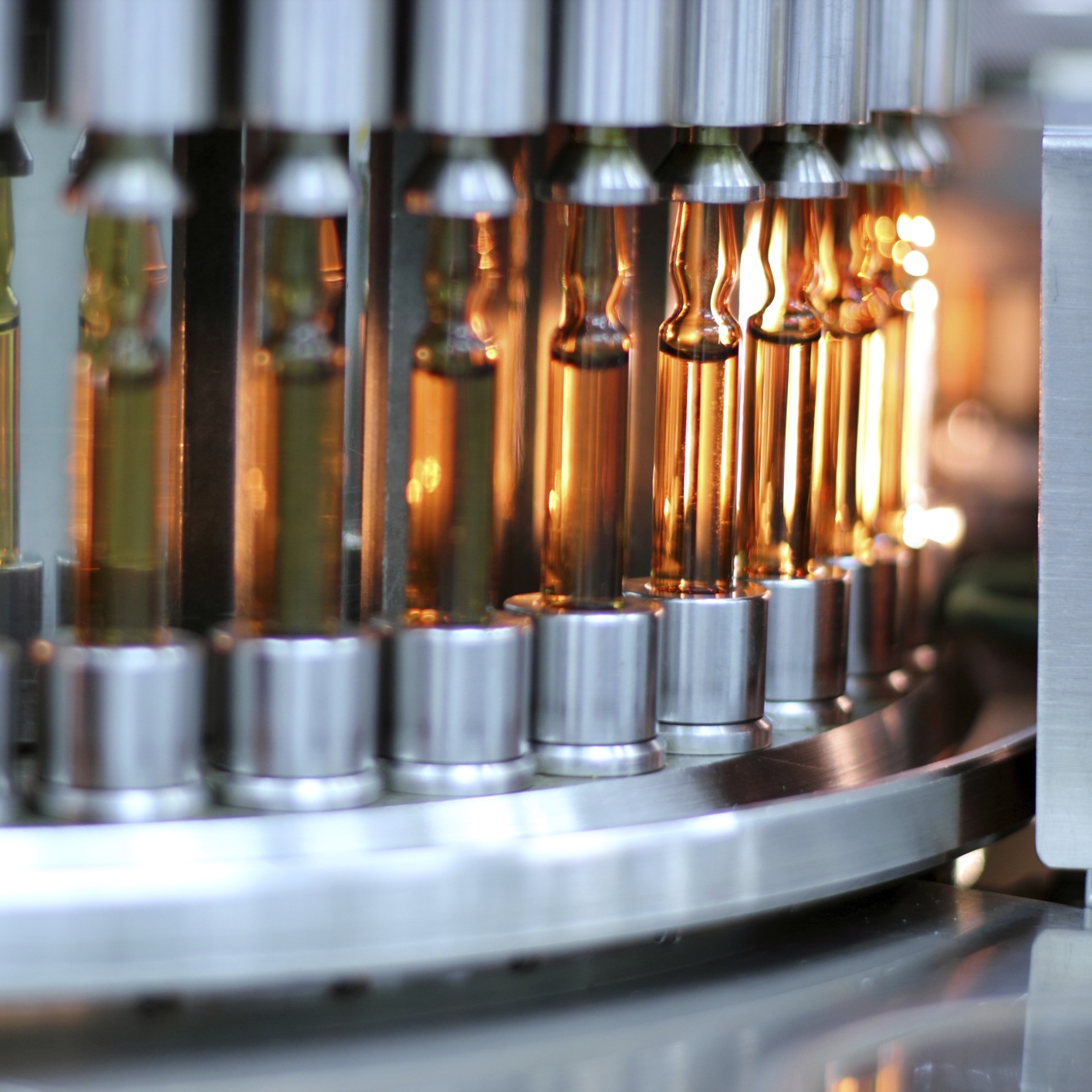
Biotech gets a lot of sustained attention, but some stocks still fall through the cracks, either due to recent failures or general lack of interest. Here are four that don’t get as much attention but could perform well come 2016.
ANI Pharmaceuticals
ANI Pharmaceuticals Inc. (NASDAQ: ANIP) is purely a value play. The market currently values ANI at a little over $500 million, a 37% discount on its 2015 high. A look at the financials that underlie it, however, suggests a discount at its current price.
The company reported more than $150 million in cash holdings at the end of the third quarter, rising to about $200 million when receivables are accounted for. It generates a steady $20 million a quarter, with a bottom line that averages around $4 million a quarter.
Further, the company has an extensive range of approved generics, a robust pipeline with catalysts earmarked for the coming quarter, and partnerships with two multibillion-dollar biotech giants: Aduro BioTech and Teva Pharmaceutical Industries. Definitely one to watch in 2016.
Corbus Pharmaceuticals
Corbus Pharmaceuticals Holdings Inc. (NASDAQ: CRBP) is pioneering a new treatment for cystic fibrosis called Resunab, a synthetic cannabinoid and a 100 times more potent anti-inflammatory than naturally occurring cannabinoids. Resunab has both Orphan and Fast Track status from the FDA for the cystic fibrosis indication with Phase 2 completion by the end of 2016.
Cystic fibrosis is a very lucrative market with some of the most expensive drugs in the world, and Phase 2 results are due late next year. Keep in mind that Vertex Pharmaceuticals was valued at around $7 billion when Kalydeco reported its first Phase 2 results in November 2011 for the same disease. It’s clear there is a market disconnect here as Corbus has less than one hundredth that valuation now. If Phase 2 for cystic fibrosis succeeds by the end of 2016, gains could be big.
Geron
This company got hammered in the wake of the midyear drug pricing furor, but over the past few weeks has recovered. Geron Corp. (NASDAQ: GERN) inked a collaboration deal with Johnson & Johnson that sees the latter pick up the global rights to Geron’s lead candidate, Imelstat. Geron got $35 million upfront, and the two companies shared initial development costs. At the initiation of a Phase 3, Johnson & Johnson will decide if it wants to continue with the deal, and if it does, Geron is in line for $65 million upfront and up to $470 million worth of development milestones and $350 million worth of sales milestones.
If the drug gets approved, Geron is looking at a minimum of $535 million in upfront plus development milestone payments — three quarters of its current market cap. The drug is currently in a 200-patient Phase 2 trial, not expected to finish before early 2017. However the key point is that Johnson & Johnson can issue its intention to kick off Phase 3 before Phase 2 completes, which would trigger the $65 million upfront payment. If this happens next year, which is likely if we see decent interim data, we will see a quick upside revaluation in Geron before the end of next year.
It is always risky to base a position on a Phase 2 trial, but the milestone due on completion makes it an intriguing speculative exposure as we head into next year.
Ardelyx
Ardelyx Inc. (NASDAQ: ARDX) is in a tier to itself in terms of ignored biotech stocks. This is due to a confluence of factors involving Phase 2 failures for its main pipeline candidate Tenapanor, and the loss of two Big Pharma collaborations as a result, one with AstraZeneca and the other with Sanofi. Since then, investors have left Ardelyx for dead and ignored it, with trading volume only about $2.5 million a day for a stock over $500 million in market cap.
Ardelyx could surprise though come 2016 and beyond. It made a bold statement by continuing on with Tenapanor to Phase 3 with a different indication it believes can succeed where other indications failed in Phase 2. Ardelyx is now trialing Tenapanor for irritable bowel syndrome in two separate ongoing Phase 3 trials, with Phase 2 finally showing positive results last year. Not bad for a company most investors already assume has failed.
Get Ready To Retire (Sponsored)
Start by taking a quick retirement quiz from SmartAsset that will match you with up to 3 financial advisors that serve your area and beyond in 5 minutes, or less.
Each advisor has been vetted by SmartAsset and is held to a fiduciary standard to act in your best interests.
Here’s how it works:
1. Answer SmartAsset advisor match quiz
2. Review your pre-screened matches at your leisure. Check out the advisors’ profiles.
3. Speak with advisors at no cost to you. Have an introductory call on the phone or introduction in person and choose whom to work with in the future
Thank you for reading! Have some feedback for us?
Contact the 24/7 Wall St. editorial team.



